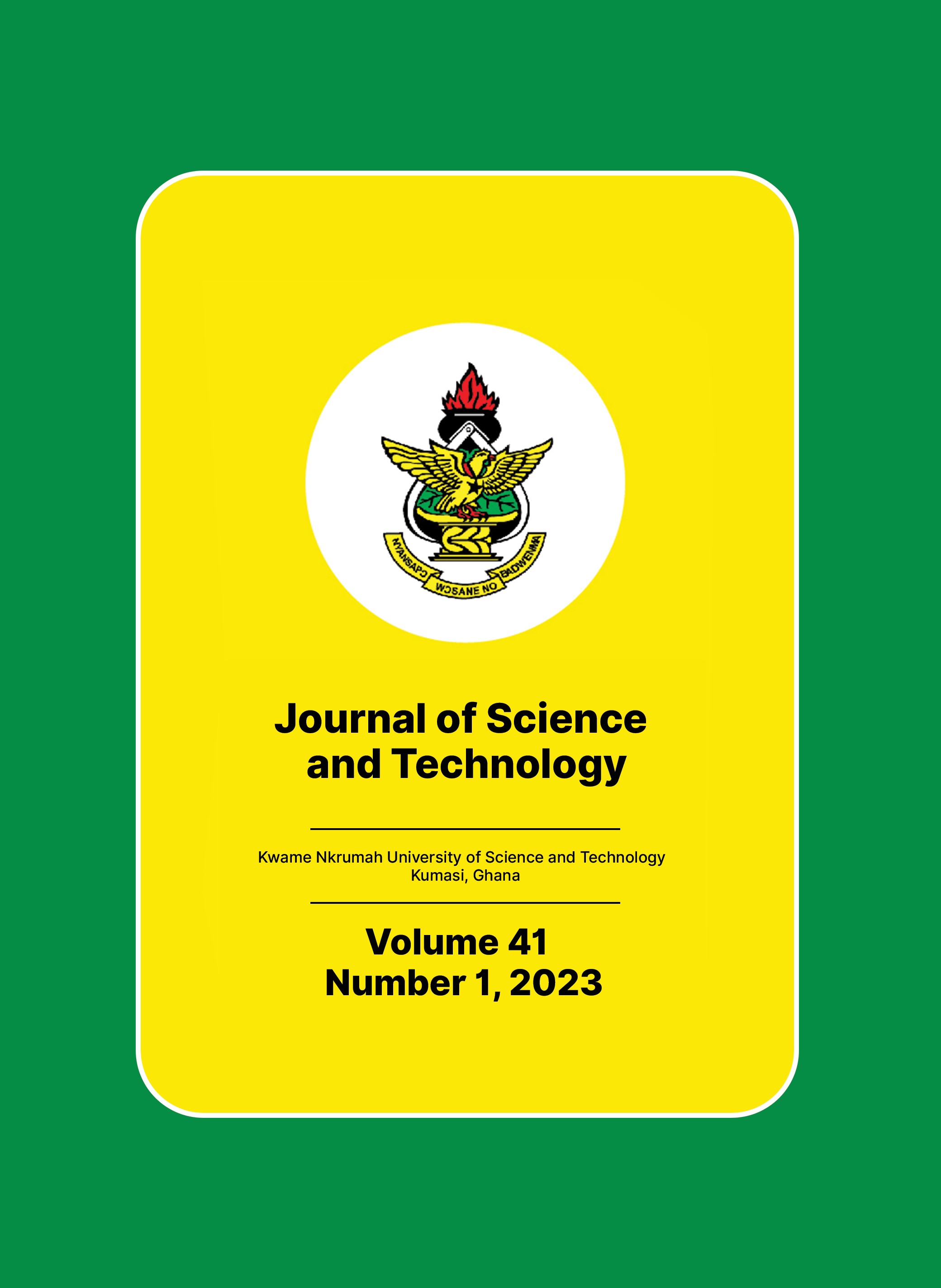Main Article Content
An Assessment of Ophthalmic Services in the Ashanti Region, Ghana
Abstract
Purpose: This survey was designed to assess the available ophthalmic service delivery units and the eye health promotion strategy in the Ashanti region of Ghana.
Methods: Twenty-four (24) eye care delivery units in 10 districts, randomly selected from the 43 in the Ashanti region, were assessed for this cross-sectional study, using a structured questionnaire adopted from the Questionnaire on Available Human Resources, Infrastructure and Equipment. The structured, pretested questionnaire was used to collect data from the most senior eye cadre in each of the facilities, with respect to the available human resources, infrastructure and service delivery. Thereafter the availability and implementation of eye health promotion tools were determined by interviewing district directors of health services and eye care cadres in the sampled districts.
Results: Of the sampled districts, 40% do not have any ophthalmic facilities operated by the Ghana Health Service (GHS) and three (30%) of the sampled districts also do not have any private ophthalmic service delivery units. All sampled eye care facilities were equipped with most of the basic, but essential, diagnostic and refraction equipment, including visual acuity charts, trial lens sets, trial lens frames and ophthalmoscopes. Fewer of the sampled facilities provided specialty services, such as contact lens services (20.8%), low vision services (8.3%), and binocular vision care (25.0%). None of the districts (100%) had a formalised eye health promotion and advocacy strategy.
Conclusion: In the Ashanti region of Ghana, there exists an uneven distribution of ophthalmic facilities; limited specialised ophthalmic services; insufficient eye care cadres; and very limited advanced diagnostic equipment. The ratio of eye care cadres to population lags behind the VISION 2020 target. Of the districts, 60% do not have public-funded eye clinics. There is no evidence of existing eye health promotion strategies at the district level in the Ashanti region of Ghana.






